The Raspberry Pi Zero 2W is one of the most useful little boards I've ever worked with. At just $15, it's affordable enough to experiment with freely and powerful enough to accomplish a lot. I've used it in different roles around my home lab and for fun side projects, and it rarely disappoints. If you're wondering what you can do with one, here are six real projects I've already built.
6 USB gadget for automation and pranks
It pretends to be a keyboard or mouse
I turned one of my Pi Zero 2Ws into a USB gadget that emulates different types of input devices. Utilizing the P4wnP1_aloa framework, I configure it to act like a keyboard, letting it type scripted commands or play small pranks. It only requires a USB-OTG adapter to plug into another computer and start causing some lighthearted mayhem. Once plugged in, it can send keystrokes, move the mouse, or even act like a storage device.
My favorite use so far has been making a phantom typist that randomly opens Notepad and types unsettling messages. I've also used it to create helpful automation scripts that automate repetitive administrative tasks. It can run shell commands on insertion, launch payloads, or just wiggle the mouse to keep a computer awake. The same setup can also be used for basic penetration testing training in a lab environment.
Since the Pi Zero 2W is compact and power-efficient, I can leave it powered through a USB battery pack. This entire setup is completely silent and easy to conceal inside their devices. It feels like a small magic trick; every time I plug it in, something starts happening on the computer.
It helps uncover dangerous network vulnerabilities
One of my favorite experiments with the Pi Zero 2W was turning it into a portable network security tool using a script called Bjorn. The goal was to create something lightweight that could scan any local network, connecting to and reporting on potential dangers. I wanted it to run headless, gather data automatically, and allow me to view a simple report on a web interface. The Pi Zero 2W has enough muscle to make it all work.
Bjorn checks for open ports, exposed web interfaces, and a range of known vulnerable services. It identifies devices by hostname and MAC address, flagging anything that looks suspicious or unnecessary. Once the scan is complete, Bjorn generates a clean HTML report that I can view on a web browser.
I've used Bjorn around the house and at friends’ homes (with their consent) just to double-check things. It's surprisingly helpful to get a quick snapshot of what's visible and potentially exposed. Because it runs from a $15 board, I'm not worried about damaging anything if I lose it, or it gets unplugged.
4 A lightweight OctoPi print server
It lets me monitor and control my printer
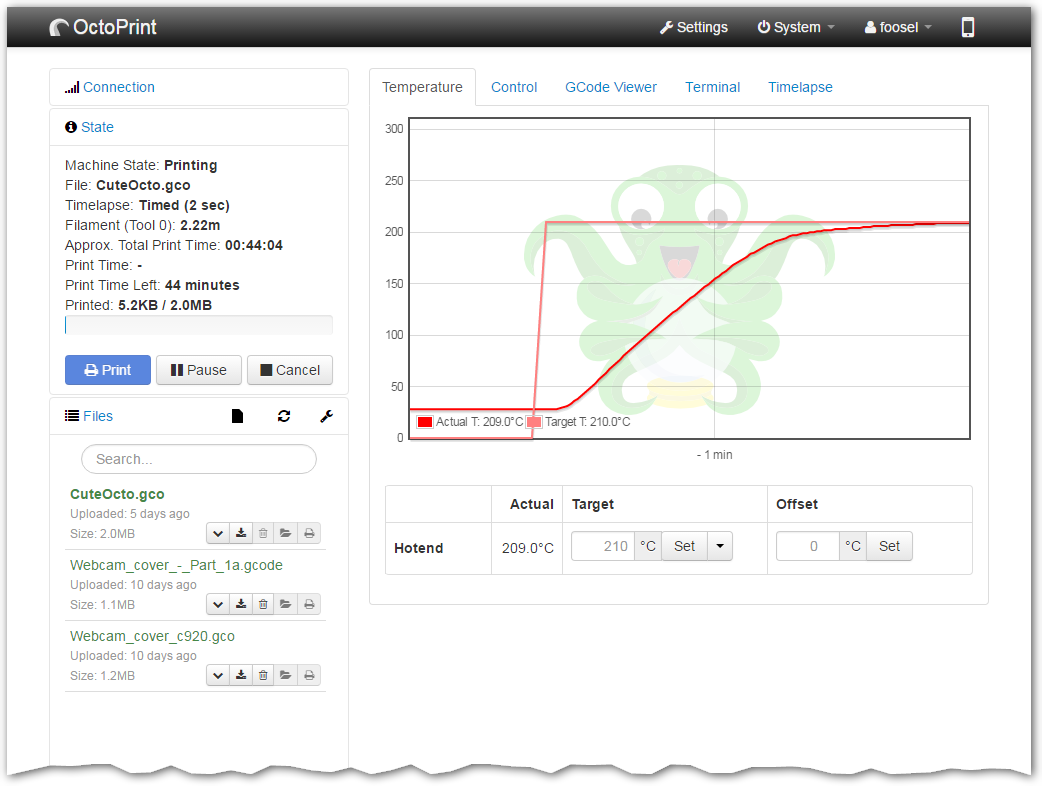
Source: Gina Häußge
When I needed a dedicated controller for one of my 3D printers, the Pi Zero 2W fit the bill. I installed OctoPi and connected it to the printer via USB. With some tuning, it works well for managing print jobs, sending G-code, and even starting prints remotely. I keep it connected to my Wi-Fi network and access the interface from my desktop or phone.
The performance isn't blazing fast, but it's stable and consistent. I don't use a webcam on this one to keep the CPU and memory usage low, but it works just fine for basic print monitoring and control. Having remote access to pause or cancel print has saved me more than once. I also run a few OctoPrint plug-ins for filament tracking and temperature control.
Because it draws very little power, I leave it running 24/7 along with the printer power supply. I haven't had any issues with SD card corruption or overheating. For printers that don't require a complete desktop interface or advanced webcam streaming, the Pi Zero 2W is a great match.
3 Local MQTT broker for smart devices
It keeps my smart home working offline
Another Pi Zero 2W in my home lab runs Mosquitto, a lightweight MQTT broker. It handles all the local communication between my smart sensors, switches, and automation tools. MQTT is great because it's fast and uses minimal bandwidth and processing power. The Pi Zero 2W is ideal for this role, especially when I want everything to stay local and not rely on the cloud.
I've paired it with ESP home devices that publish temperature, motion, and contact sensor data. Automations in Home Assistant subscribe to these topics to trigger actions, such as turning on lights or sending alerts. Even if my Internet goes out, the whole system keeps running just fine. The broker uses almost no CPU, and the Pi's wireless is solid enough for indoor use.
I back up the broker's config once in a while, but it rarely changes. It's a set-it-and-forget-it setup that just works. Isolating all my MQTT traffic on a dedicated node adds reliability and makes troubleshooting easier when I need to investigate a message flow.
2 Retro gaming system with RetroPie
It plays many console games perfectly

I flashed RetroPie to a microSD card and used a Pi Zero 2W to build a compact retro gaming console. It handles NES, SNES, Game Boy, and even some early PlayStation games without much trouble. I connect it to my TV with a mini HDMI adapter and use a Bluetooth controller for input. The setup was simple, and once the ROMs were in place, it felt like turning back the clock.
The interface runs smoothly, and games launch quickly with minimal slowdowns. For heavier systems, I use a Pi 4 or 5, but the Pi Zero 2W is excellent for anything 16-bit and under. I have the whole build in a small case, which I 3D printed with passive ventilation. It's easy to toss in a bag and take on trips.
This is the kind of project where the low cost of the Pi Zero makes a big difference. I didn't want to dedicate a full-size computer to something less simple. The Pi Zero 2W gave me a clean, minimal way to enjoy older games without overcomplicating the setup.
1 A simple E Ink weather display
It shows the local forecast and current conditions
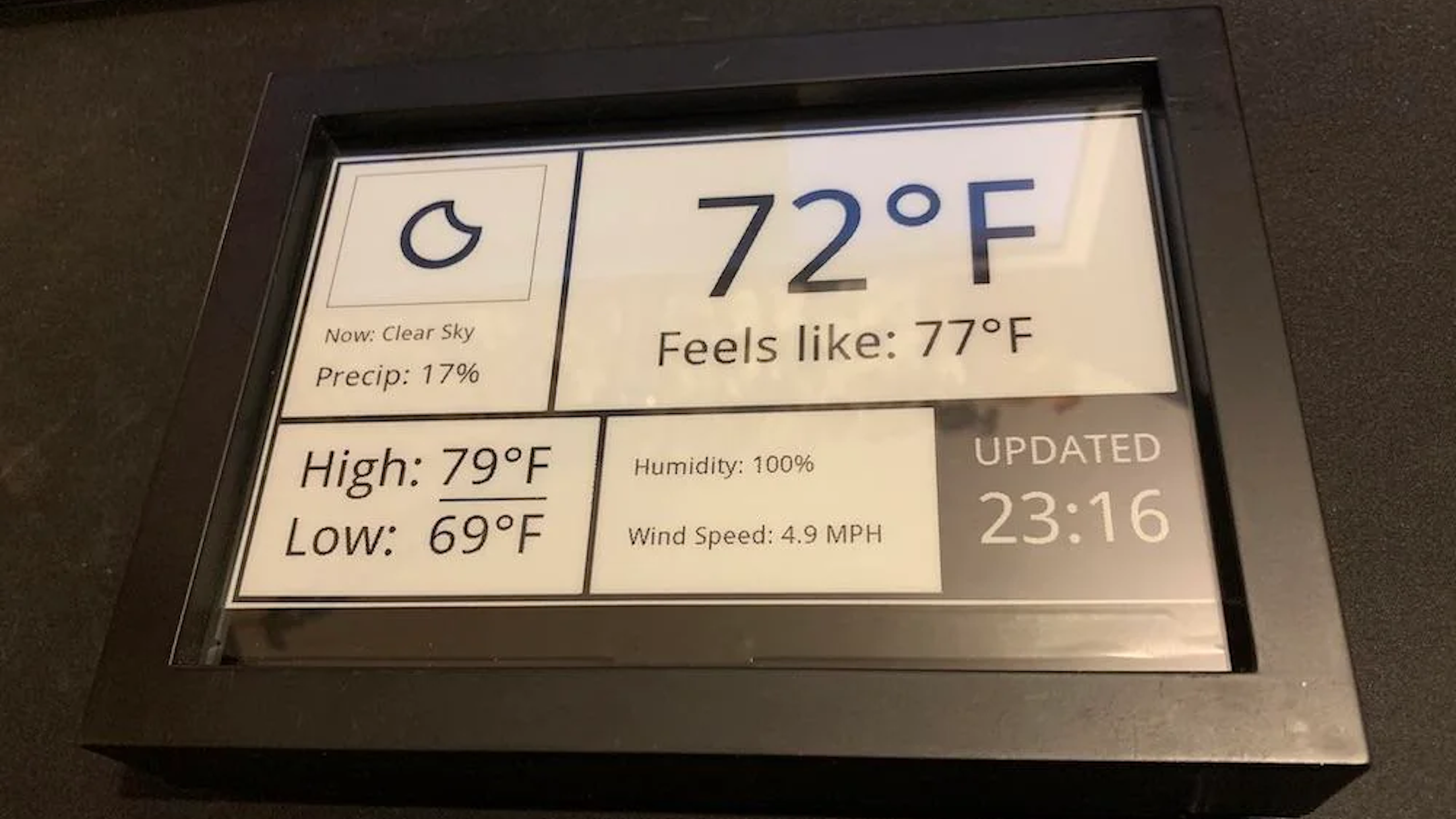
For a quieter project, I used the Pi Zero 2W to drive a small e-paper display. I paired it with a Waveshare 2.13-inch panel and used Python scripts to pull weather data from my local API. Every 15 minutes, it updates to show temperature, forecast, icons, humidity, and wind. The low power draw of both the Pi and the screen makes it ideal for a passive display.
The biggest challenge was finding a good spot for it with decent Wi-Fi. Once I saw that, the rest was easy. I mounted it on a 3D-printed frame and powered it from a wall adapter. Since E-Ink displays hold an image even without power, the display always looks good.
I've had this running for months without needing much attention. When I want to refresh the layout or tweak the API source, I just SSH in and edit the script. It's a calm and functional use for the Pi Zero 2W that blends into the environment without demanding interaction.
The Pi Zero 2W continues to impress me
Every time I pick up another Raspberry Pi Zero 2W, I end up surprised at how far I can go. While it's not powerful enough for heavy desktop work, it shines in focused roles. It keeps things quiet, efficient, and often out of sight. It keeps delivering, whether it's blocking ads, running a game, or controlling a printer.
Most of these projects only took a couple of hours to get running. Once set up, they rarely need attention, which is precisely what I want from something small. At $15, it feels less like a gamble and more like an invitation to build something fun or useful.
I'm already thinking about what I'll do with the next one.
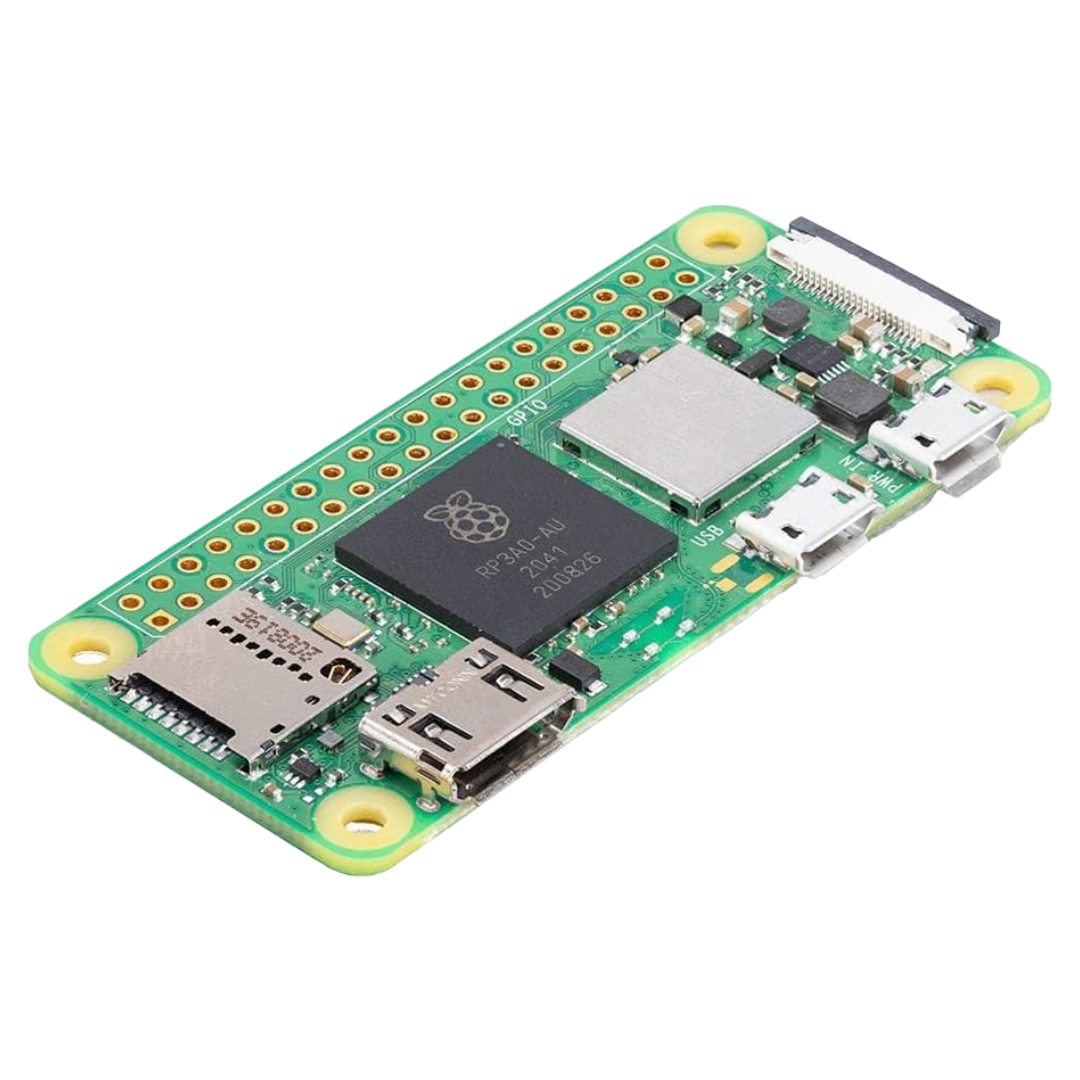
.png)
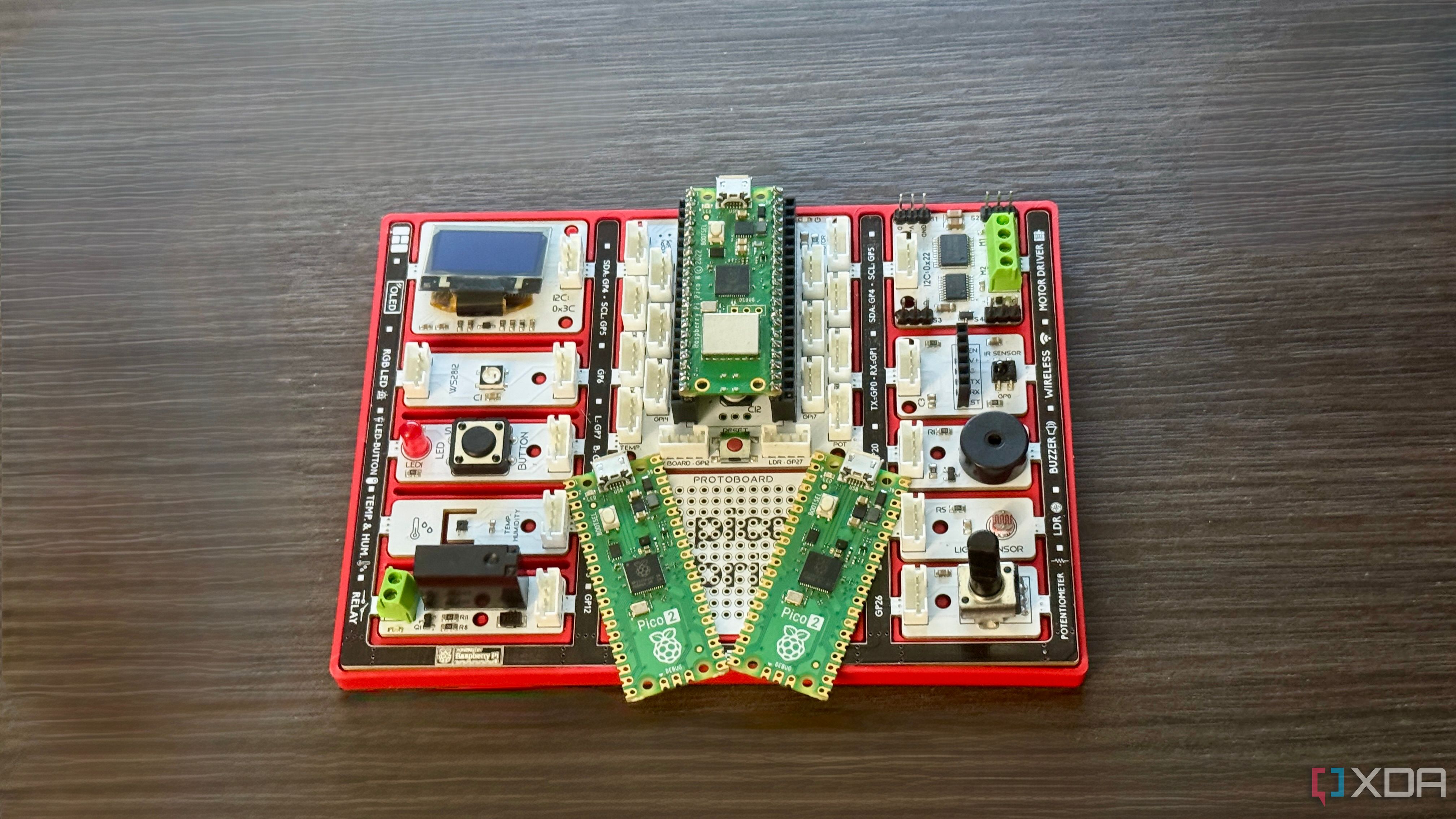
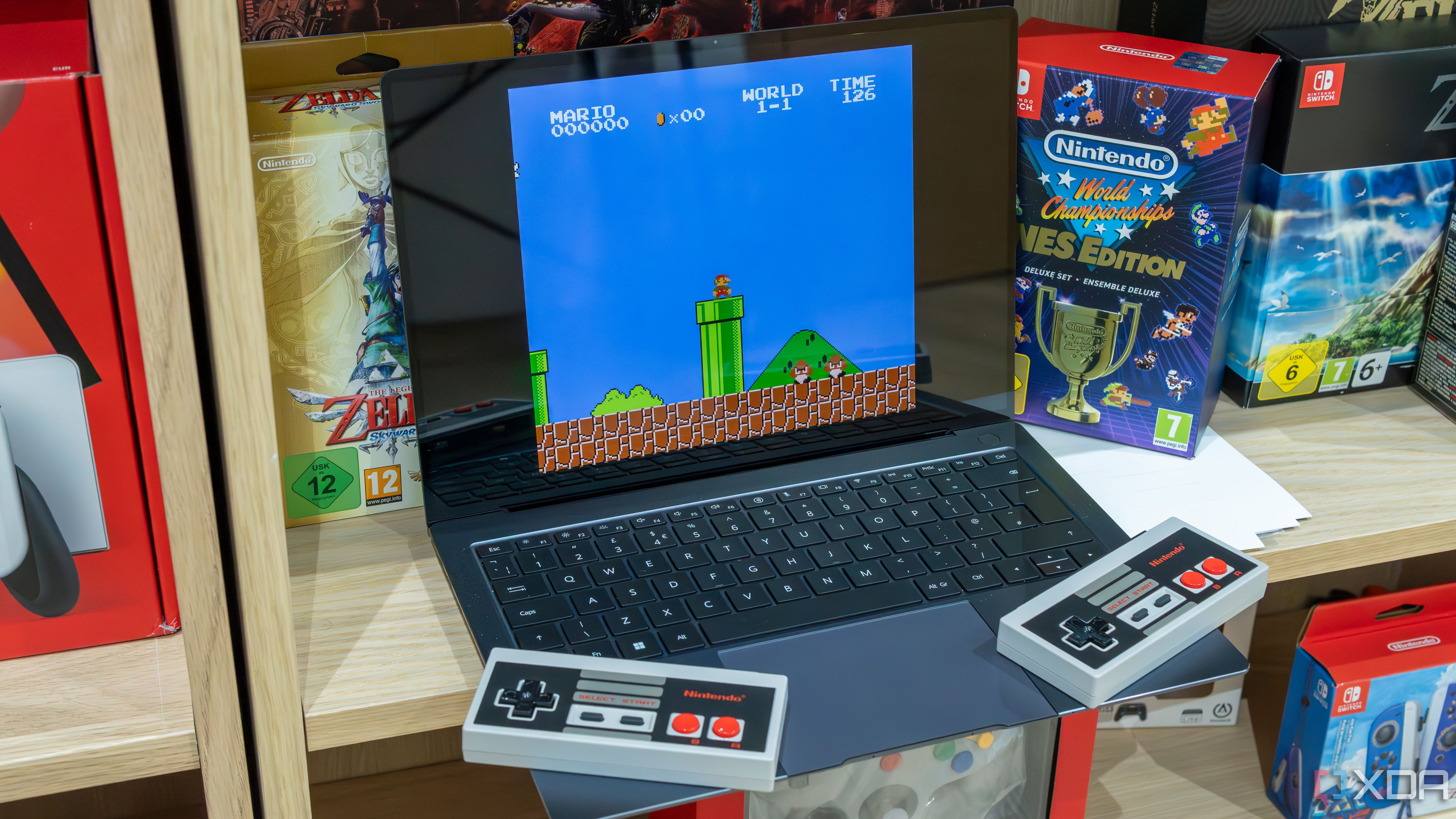










 English (US) ·
English (US) ·